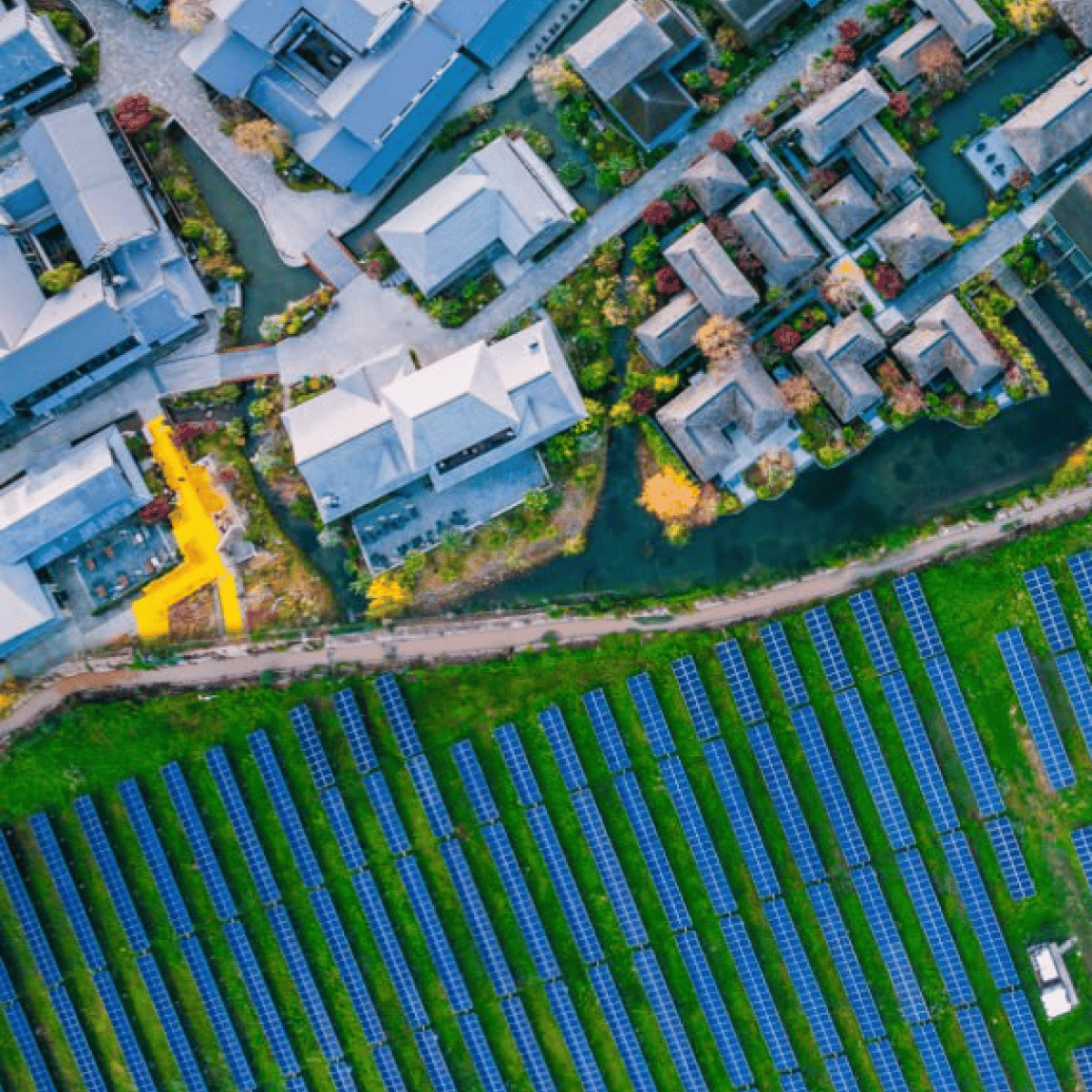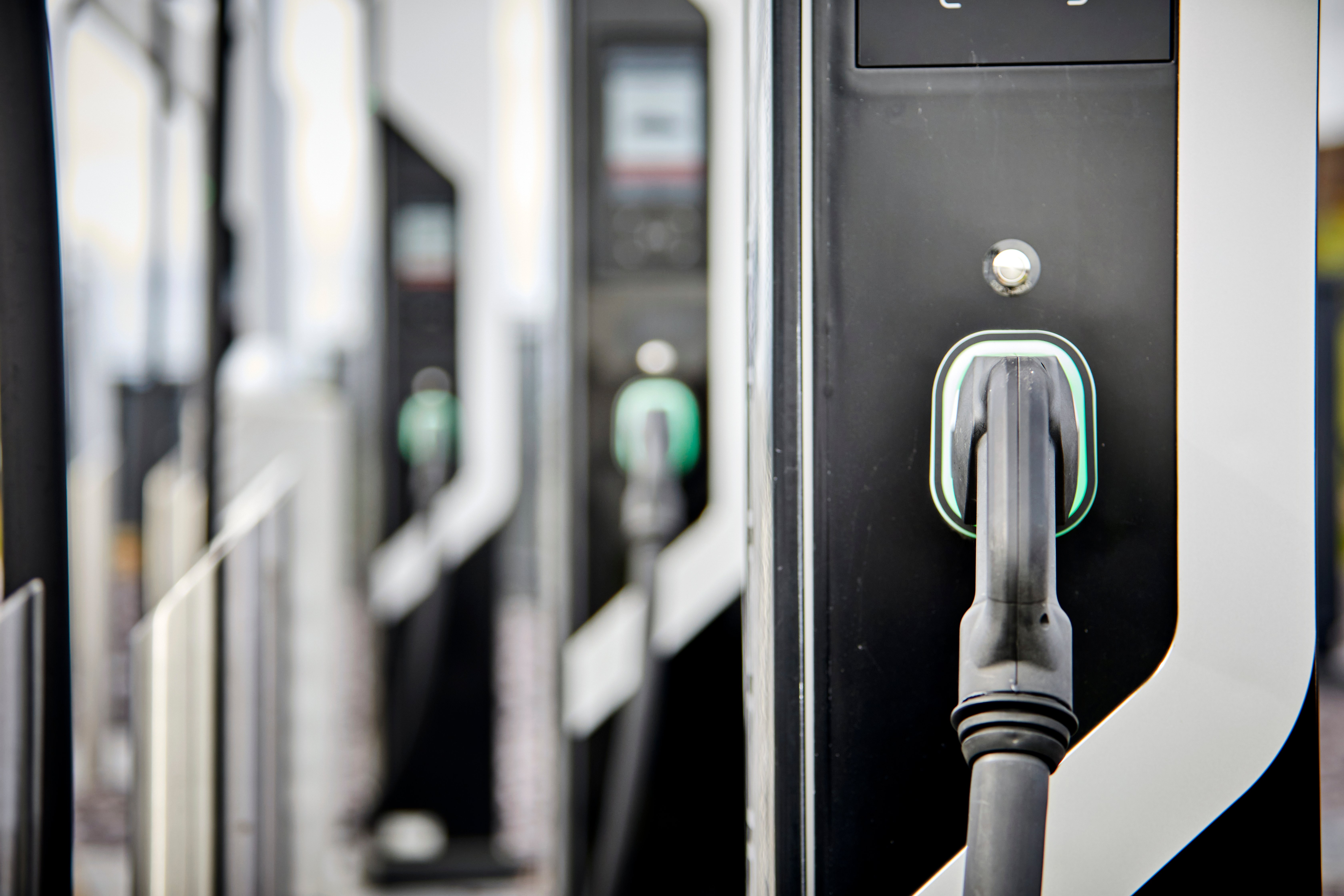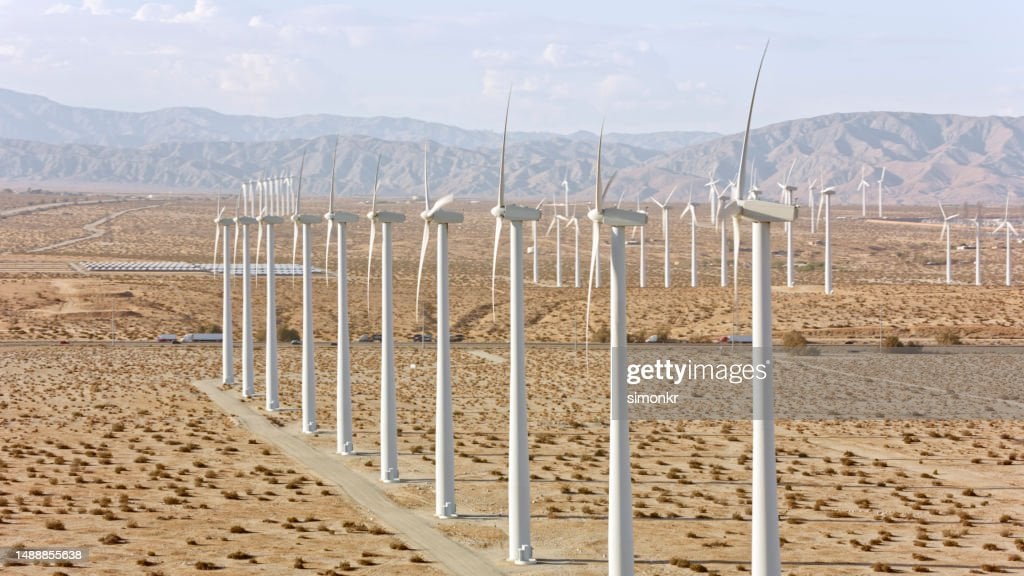Clean energy investment is supercharging demand for green metals like copper
The surge in global investment into clean technologies is bolstering demand for the commodities needed to build electric vehicles, renewable power tech and energy storage. Green metals – aluminum, copper, nickel, lithium and cobalt – are poised to benefit from the trend throughout the decade and likely beyond, according to Goldman Sachs Research.
Adding to the momentum now is the rise in strategic industrial competition between China, Europe and the U.S. as they race to attract clean-tech capital, with policy support in one region – such as the Inflation Reduction Act in the U.S. - triggering additional subsidies elsewhere. Should policy continue to converge around a “net-zero emissions" path, the world would need an additional 54% copper by 2030 on top of our analysts’ base case, an amount equivalent to the last ten years' aggregate copper mine supply.
01
The demand for metals critical to building green technologies has much more room to run, our commodities analysts say. Electric vehicles, renewable power and energy storage will stoke demand for green metals and should help counteract the drag on demand from cyclical weakness in the West and the property slowdown in China.
02
Among clean-tech use cases, electric vehicles (EVs) and charging stations should continue to account for the largest share of demand for key metals through 2025. Among the green metals, copper has the widest range of end markets, including EVs, wind and solar power, and energy storage.
03
Green demand should represent nearly half of all additional copper demand through the rest of the decade, placing it at the heart of the metal's supercycle. Without demand from green sources, copper would be facing a multi-year surplus as a result of peaking demand in the Chinese property market.
04
The rise in use of EVs will support demand for battery metals lithium, nickel and cobalt. Lithium demand is poised to grow the most in 2023 as China's rapid adoption of LFP batteries - which combine lithium with iron instead of with other metals - could limit demand for nickel and cobalt.
05
China, the U.S. and Europe are racing to attract clean-tech capital, with policy support in one region incentivizing additional subsidies elsewhere. China will continue to be the center of green demand in 2023: solar installations and pent-up EV sales mean the country should account for between 50% and 70% of green metals demand across the world.
06
The U.S.’s Inflation Reduction Act will increase energy spending by $264 billion through 2030, according to our analysts’ estimates. This investment should drive higher solar and wind deployments, battery storage additions and faster EV adoption, resulting in elevated demand for copper and aluminum through the end of the decade.
07
In Europe, the increase in renewables targets over the past decade has boosted green metals demand. Full compliance with REPowerEU, Europe's plan to reduce its dependence on Russian energy, would increase demand both for copper and aluminum.

















08
While stronger levels of green capex and regulatory support globally are helping incentivize the localization of supply chains, the majority of all refining capacity for green metals remains located in China.
08
While stronger levels of green capex and regulatory support globally are helping incentivize the localization of supply chains, the majority of all refining capacity for green metals remains located in China.
According to Goldman Sachs Research, green demand is at the center of a commodities supercycle that’s still in its early stages and is gaining momentum as investment in clean-energy technology ramps up.
